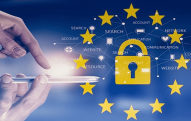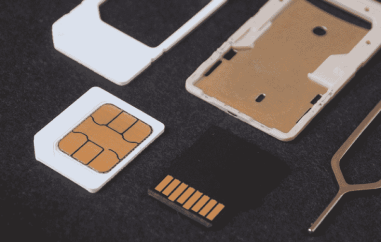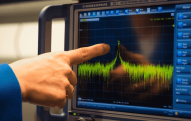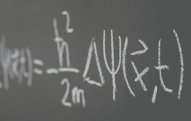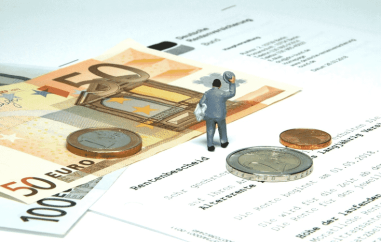Beware: Brain scans don't lie!
Have you noticed, when you watch a movie, a favorite scene seems to be favorited by everyone around you or a commercial that you like is also very popular because several people like it? Is it possible, while we pride ourselves in being unique, that we react the same way? This suggestion would be great news for advertisers because that would mean they have hit on the oh-so-elusive formula for selling products to people! This is because advertisers have a problem of predictability. It is hard to forecast beforehand how popular an advertisement would be. The advertising industry has to depend on survey results from a small target group of people whose verbal or written reactions is interpreted to determine the like or dislike of a commercial that is aired on television. Therefore, would it not be better if there were a method to record the audience reaction in real time? Turns out, medicine has an answer for it and what better a method than scanning brain waves! New research led by Dr. Jacek Dmochowski at City College of New York shows that based on brain scans of a small population of audience reaction to television series or commercials, reliable predictions can be made.
How did the researchers perform their experiments? Dr. Dmochowski reports "We recorded the brain activity of 16 study participants while they viewed an episode from a popular television series ("The Walking Dead") and a set of advertisements which first aired in the 2012 and 2013 Super Bowls". During this period, the scientists recorded the participants' brain activity using EEG (electroencephalography) technique. An EEG is a non-invasive test, which measures electrical activity along the scalp with the aid of sensors attached to the head and hooked by wires to a computer. Additionally, the scientists used publicly available data such as Facebook and Twitter, along with standard television ratings to detect popularity of TV series and commercials when they watched it the first time. The researchers then looked for a pattern in the brain waves collected from the audience. The scientists wanted to find out, if any information about the subsequent response of the general audience can be gained by spotting a pattern or similarity in the brain waves.
Surprisingly, the scientists found that whenever there was a popular scene aired on television, not only did it produce similar brain waves (from EEG measurements of the sample audience) but also garnered the most "likes" and "tweets" based on Facebook and Twitter data gathered from the general audience. The scientists suggested that programs or products that we preferred could very well be a stereotypical response to what our peers preferred too.
Further, Dr. Dmochowski says, "So at least in this experiment, a high level of neural similarity translates to "liking" the content". What this means is that, this discovery, could be translated to decipher the audience liking or disliking of what they see.
Although, the researchers warned, that further detailed research would be needed to understand what happens to the neural circuitry in the brain that could distinguish between positively versus negatively engaged state.
This is a very interesting finding that could serve as a boon to marketing and advertising firms. As Dr. Dmochowski points out, "Even a small predictive edge can translate into a large value". The extent of this discovery could have far reaching consequences. Instead of basing ourselves on exit polls like most countries do, can you imagine, using brain scans of people who come out of the poll booths to reliably predict the winner of political elections!? Do not worry, those days are far away that machines will be able to scan the brain from a distance, for now they still need to be in touch with your brain.



